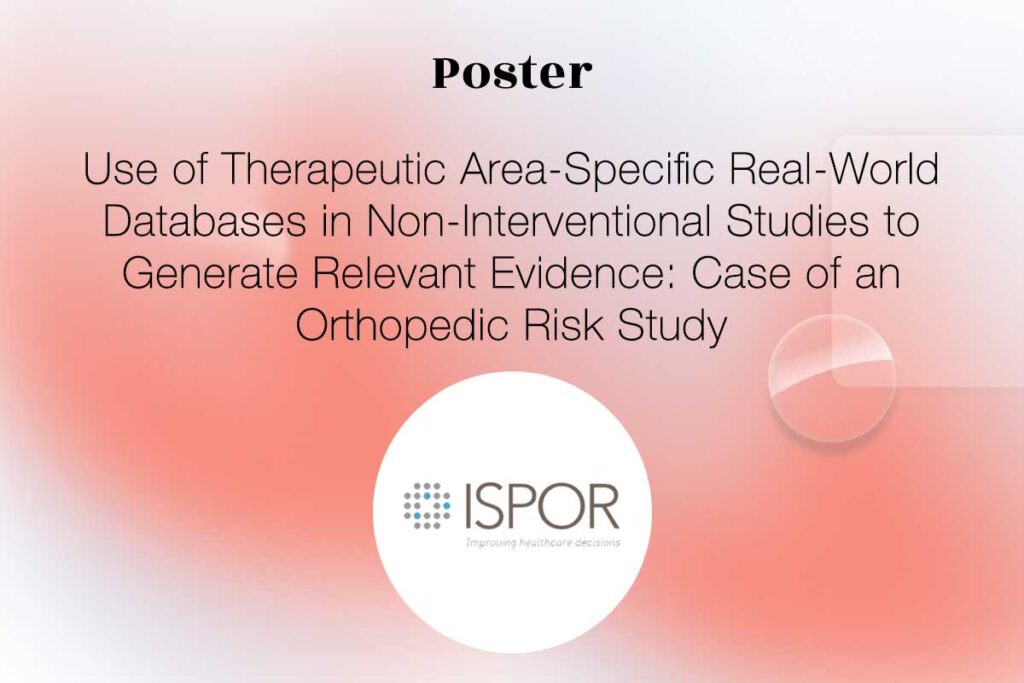Abstract
Background
Fabry disease (FD) is an X-linked lysosomal storage disorder caused by deficient α-galactosidase A activity. The spectrum of disease includes phenotypes ranging from ‘classic’ to ‘later-onset’, with varying kidney disease progression. Identifying patterns of declining kidney function and involvement of other major organs in patients with FD is important to guide therapy decisions.
Methods
Clusters of patients with FD and similar estimated glomerular filtration rate (eGFR) decline and age were created using agglomerative clustering of data captured between 2007–2020 in the United States Optum Market Clarity database. Male patients with a diagnosis of FD and ≥ 2 eGFR values ≥ 6 months apart were included. Disease progression was compared with a control cohort of patients without an FD diagnosis.
Results
eGFR values from 234 male patients with FD were analysed, yielding seven clusters. Five clusters demonstrated disease progression from ‘natural’ eGFR decline, with a slight decrease in kidney function and eGFR usually within the normal range, to rapid early decline in eGFR and cardiac complications. When compared with the control cohort, a more rapid decline and a higher percentage of cardiac hypertrophy, heart failure, arrhythmias and stroke were noted in the study group. An inflection point was observed in each cluster when deterioration of kidney function accelerated.
Conclusions
Clustering of male patients with FD by decline in kidney function, organ involvement and phenotype through analysis of real-world data provides a reference that could help determine the optimal time for initiation of FD-specific treatment and facilitate management decisions by healthcare professionals.








